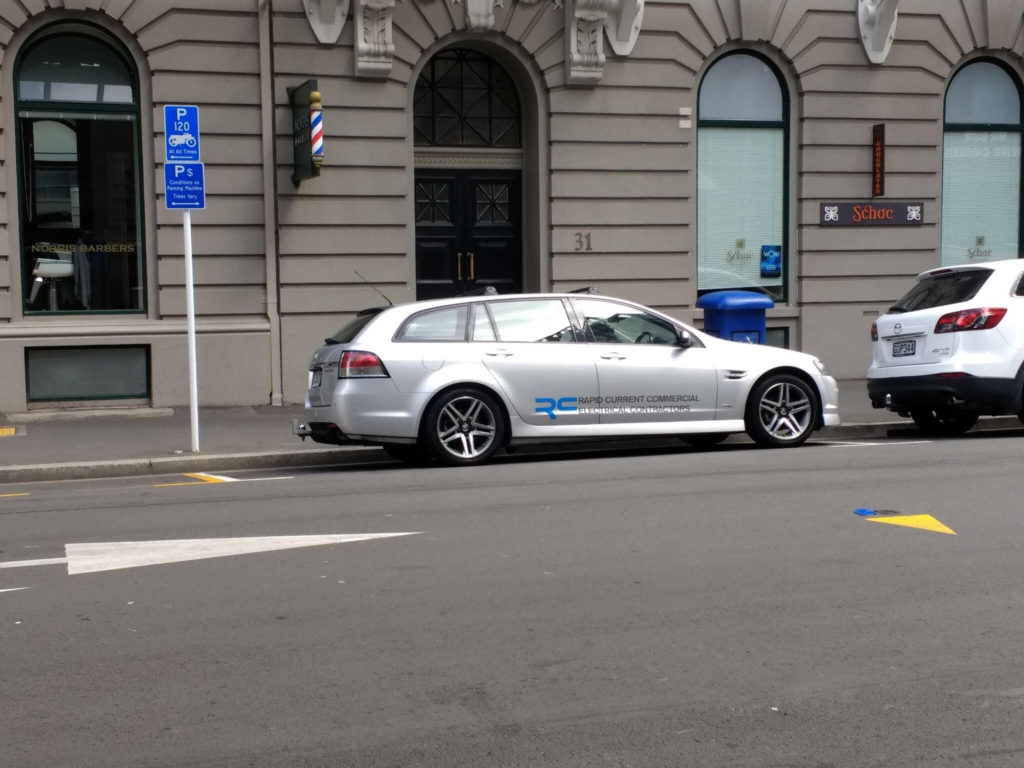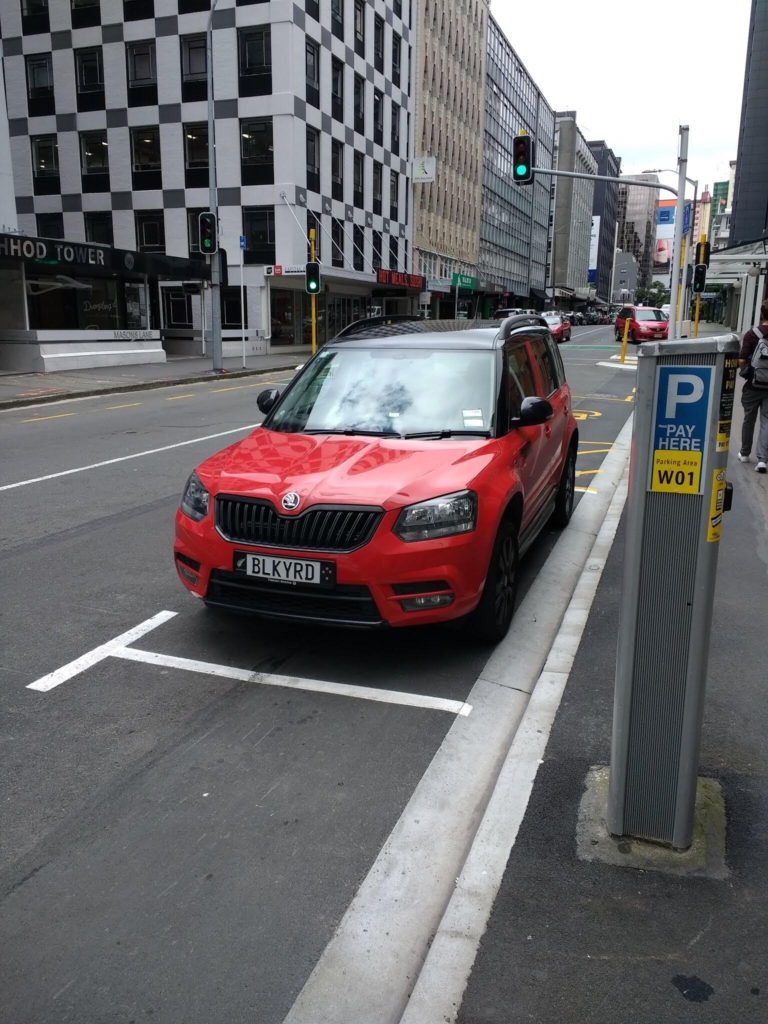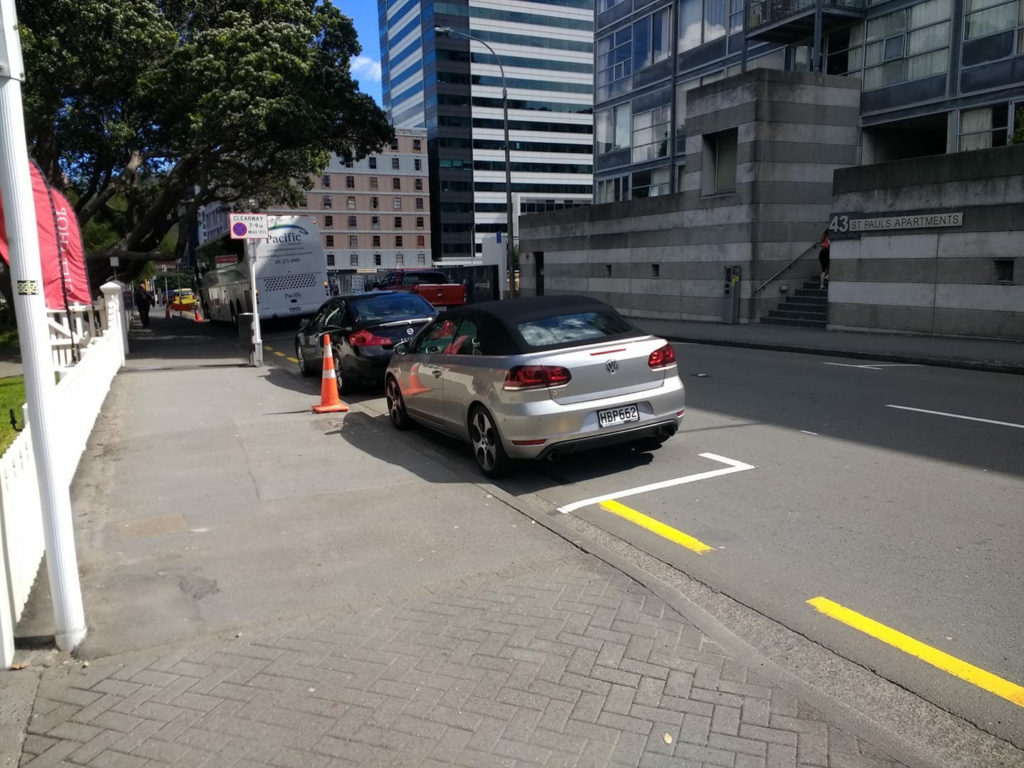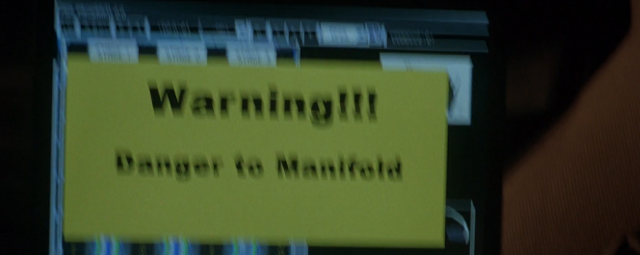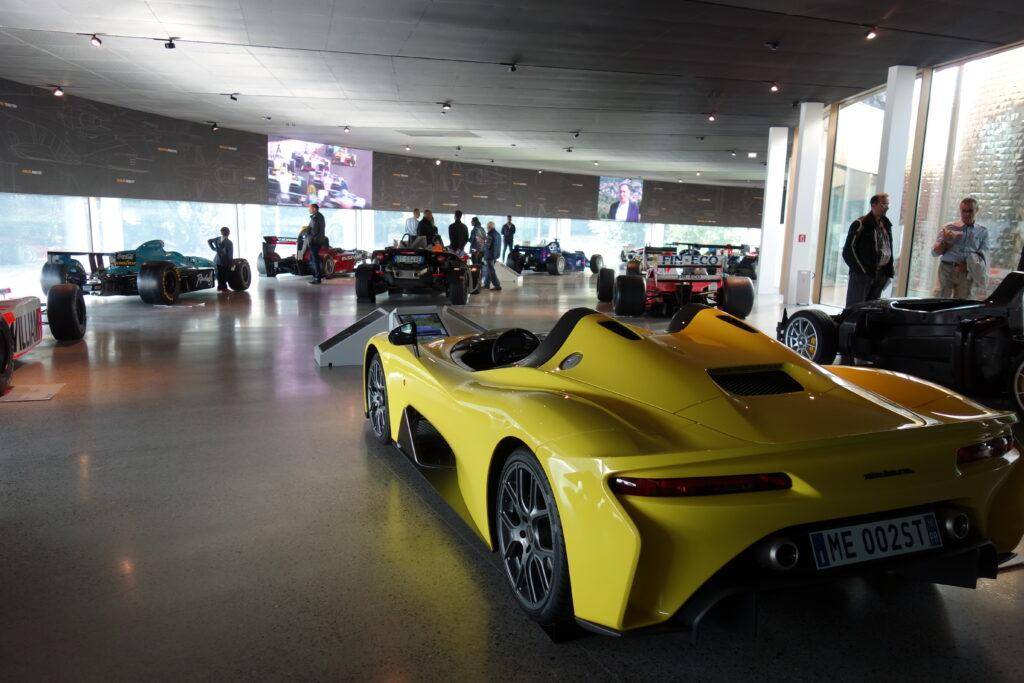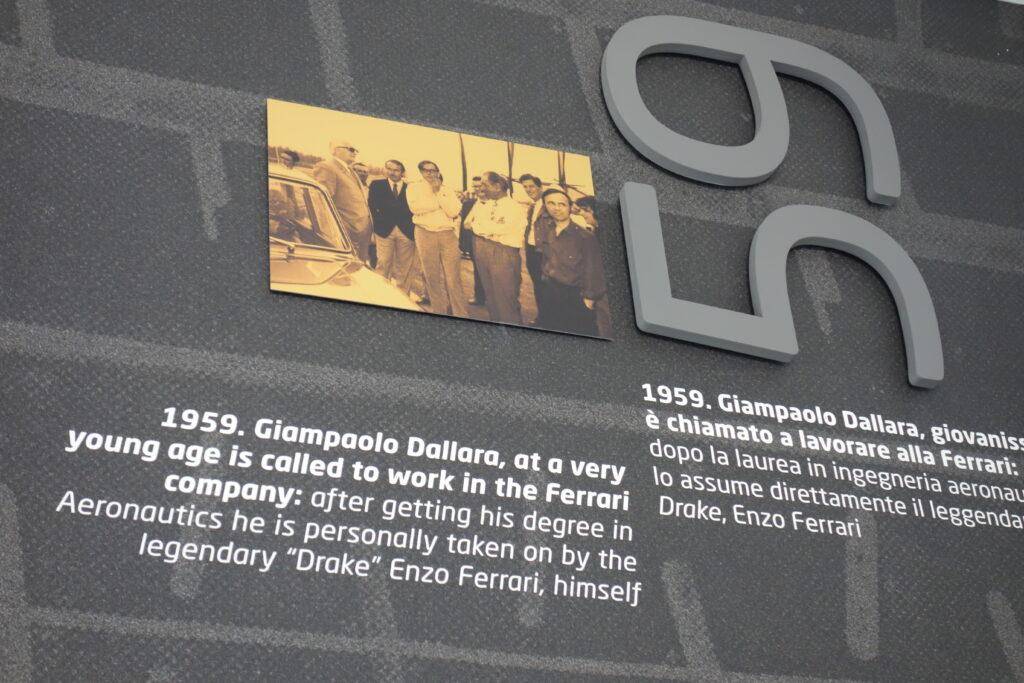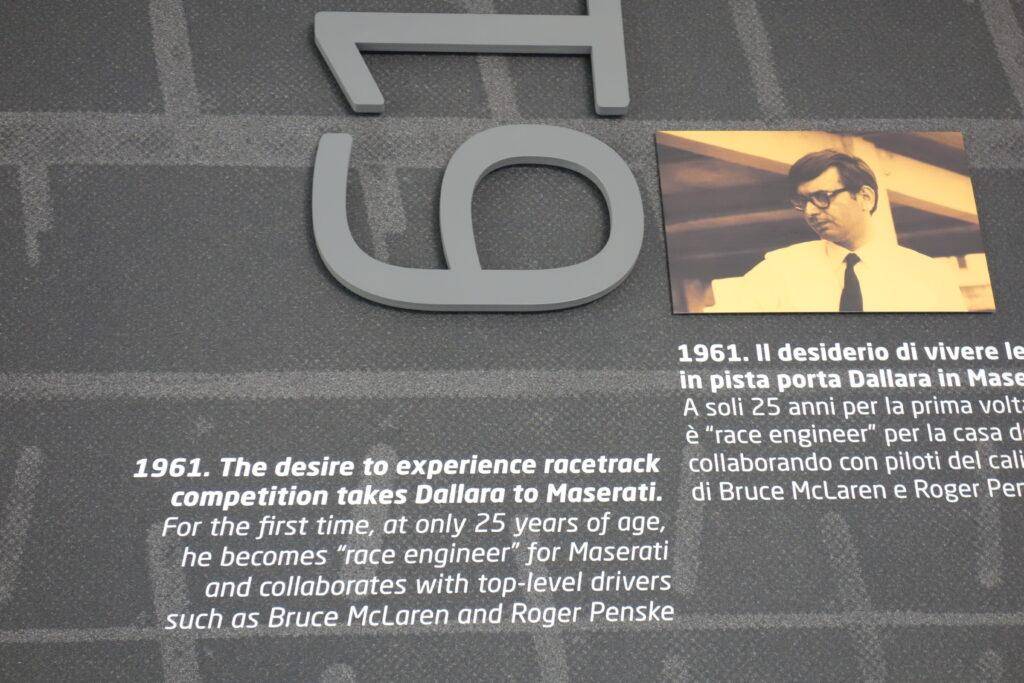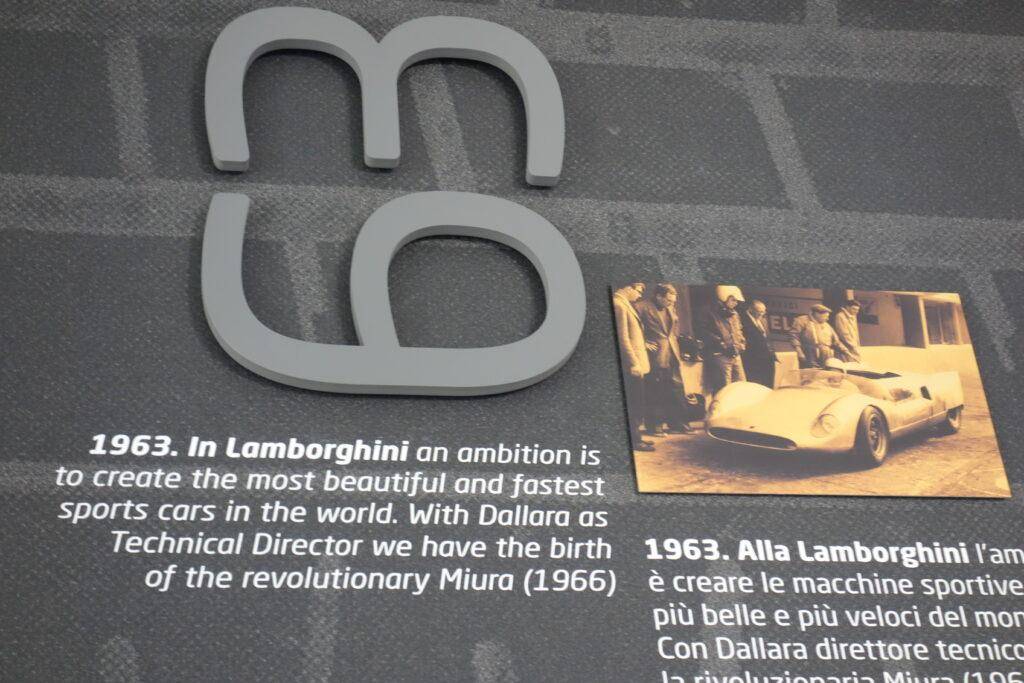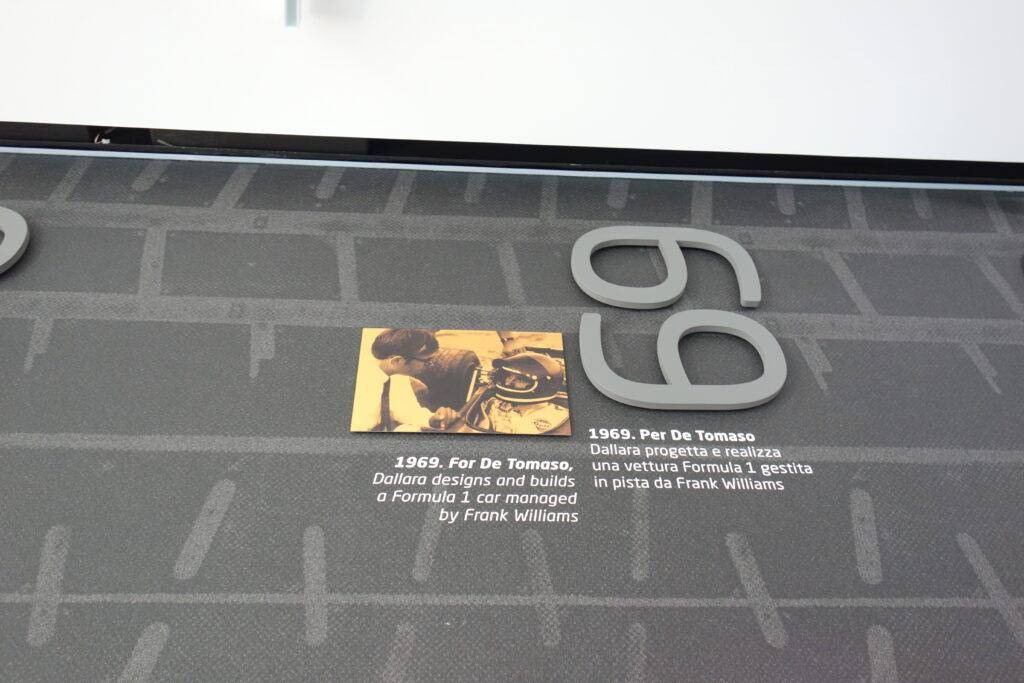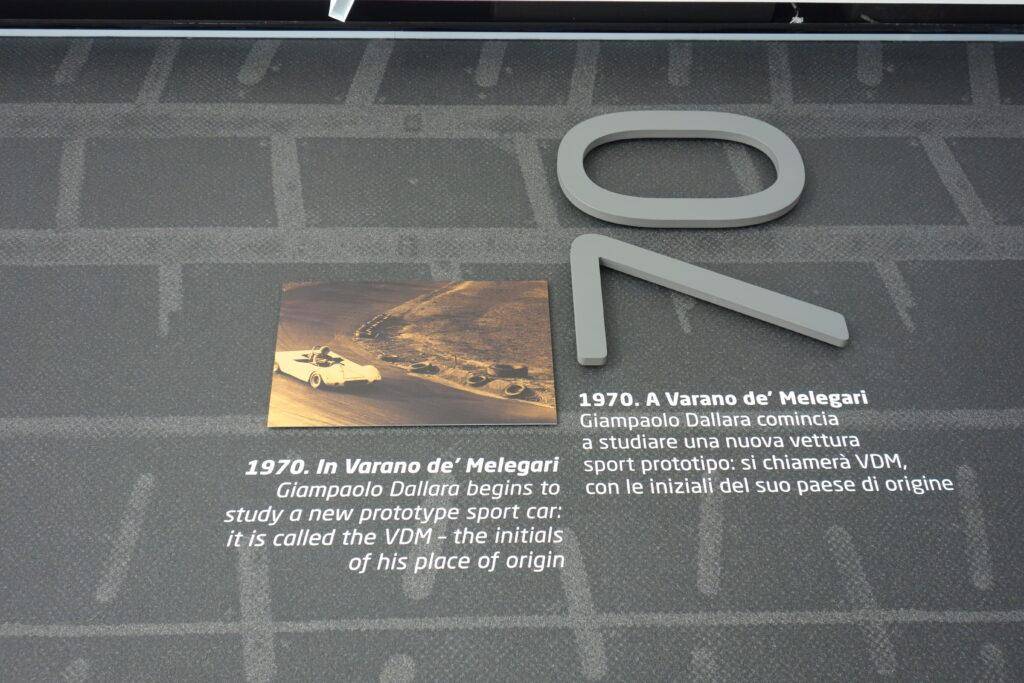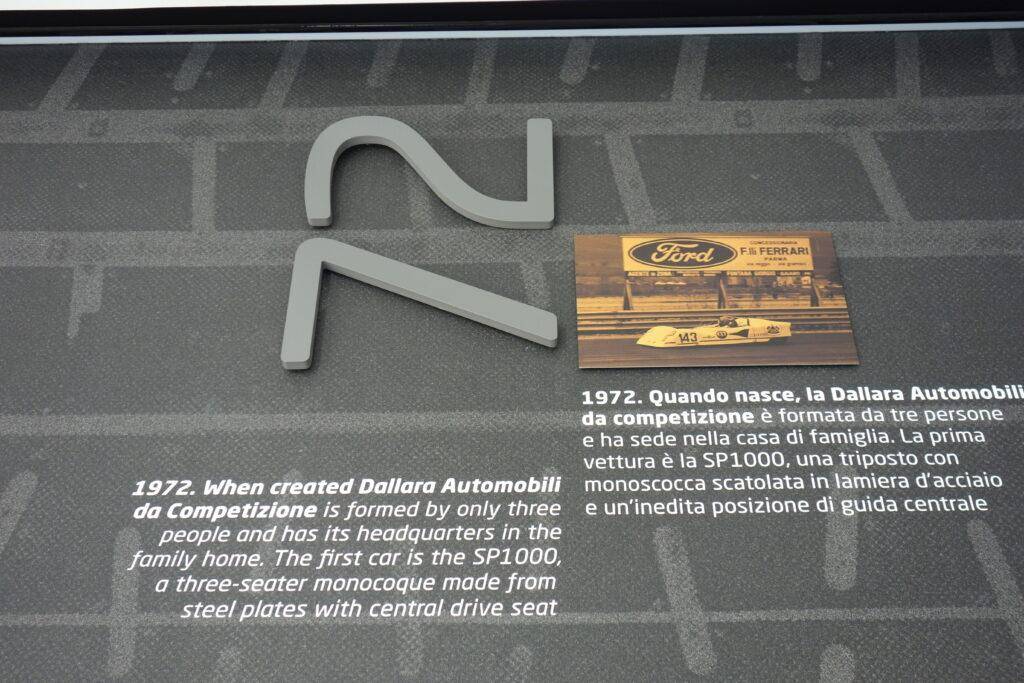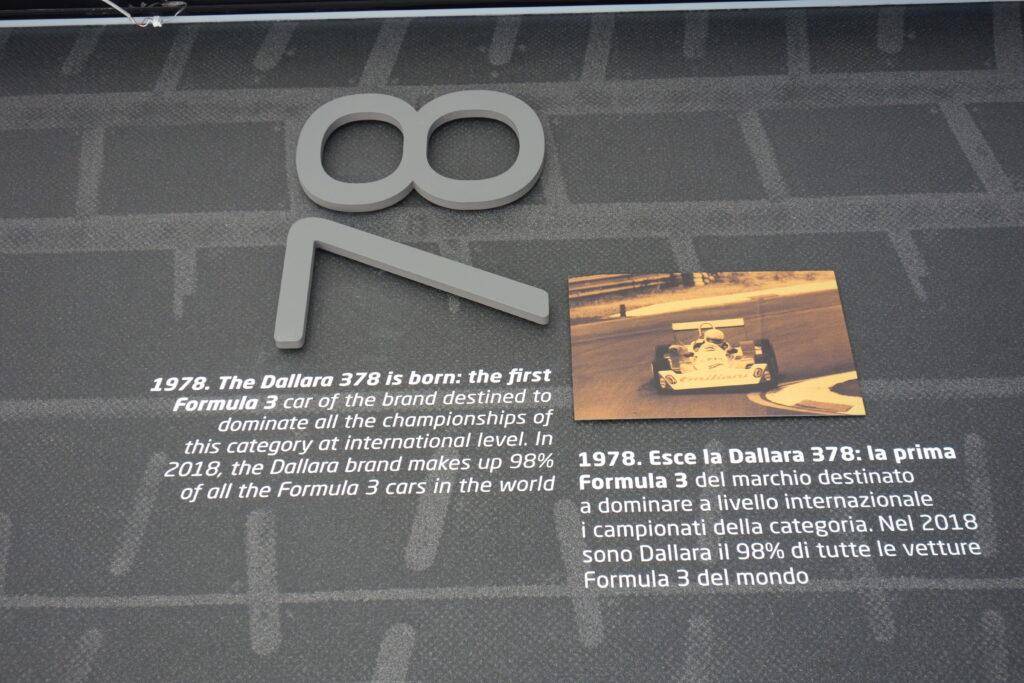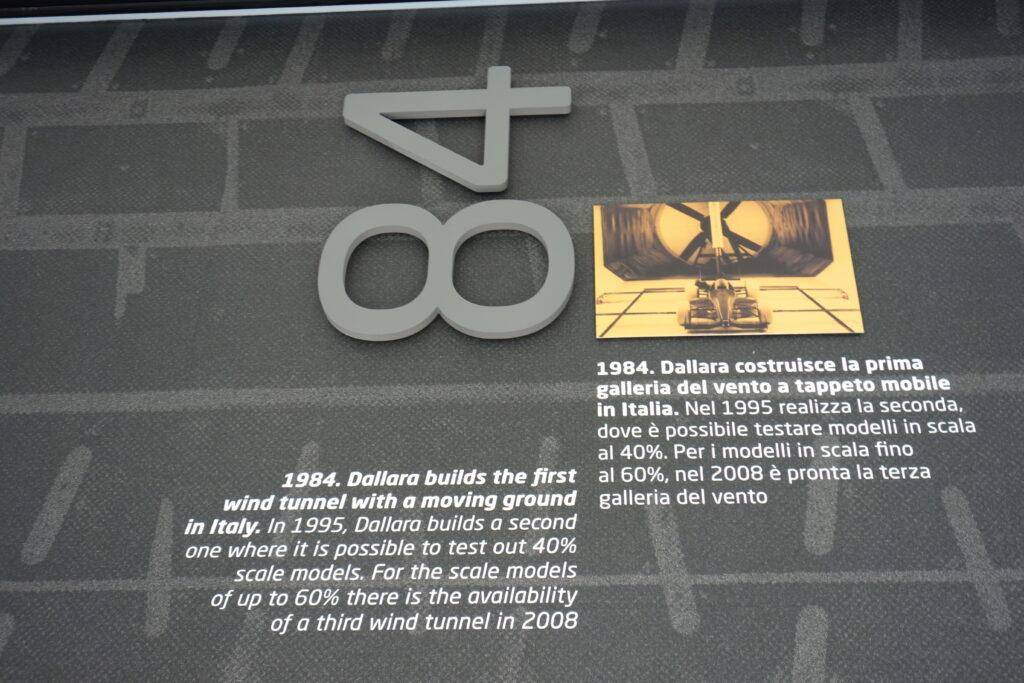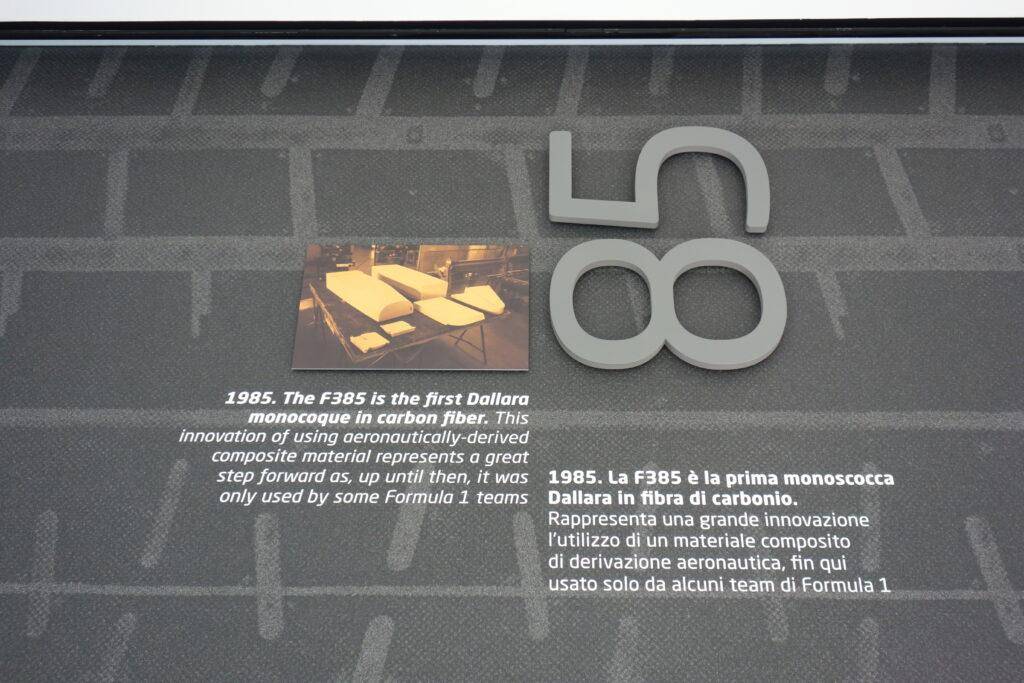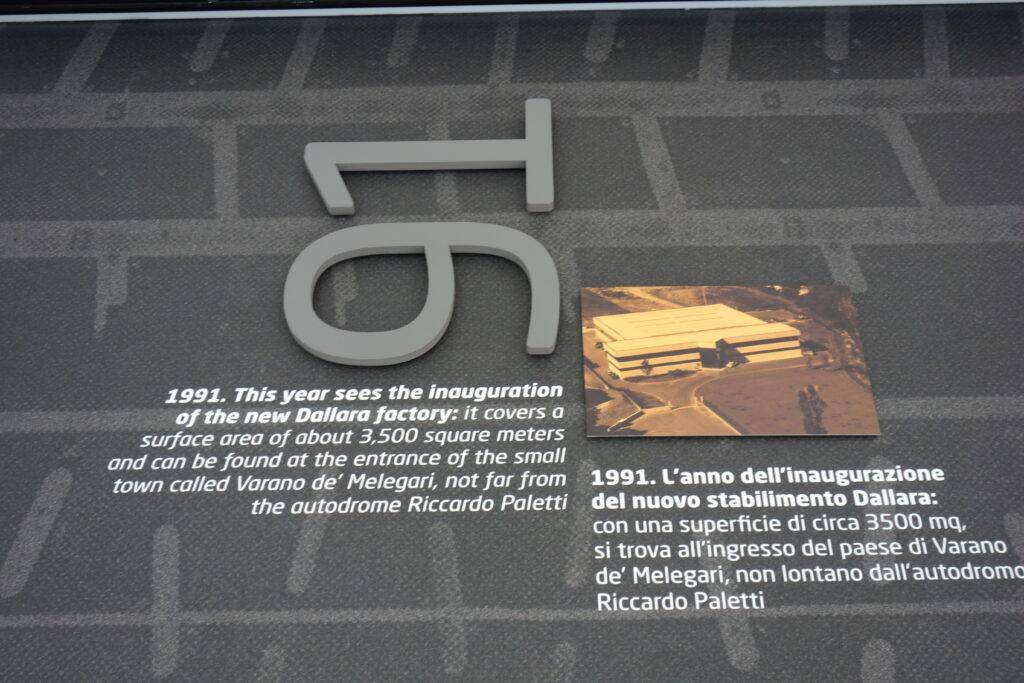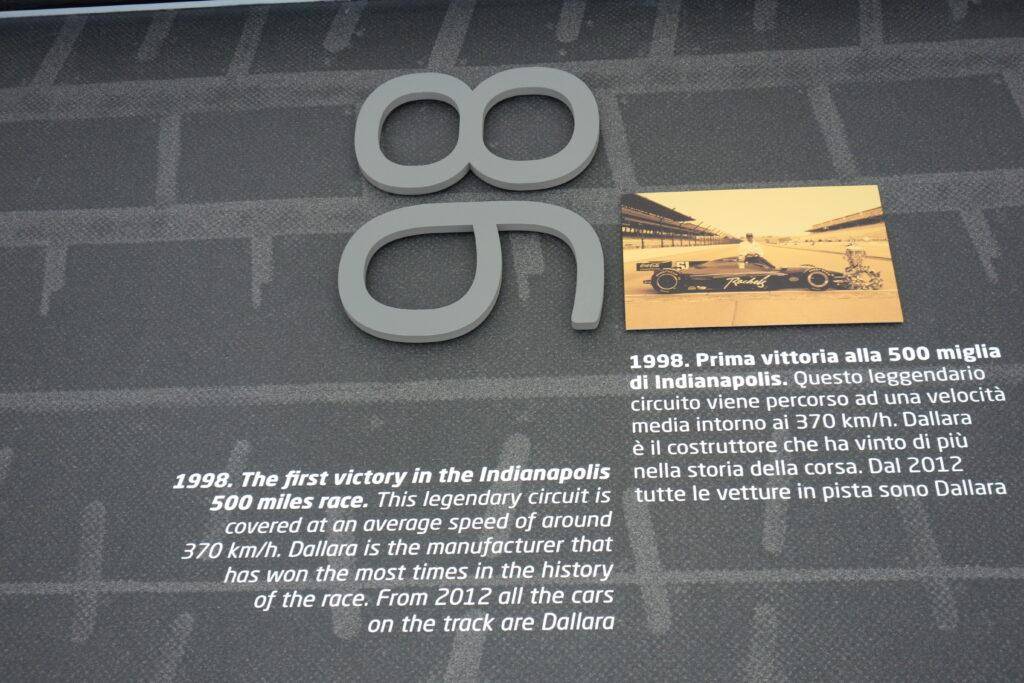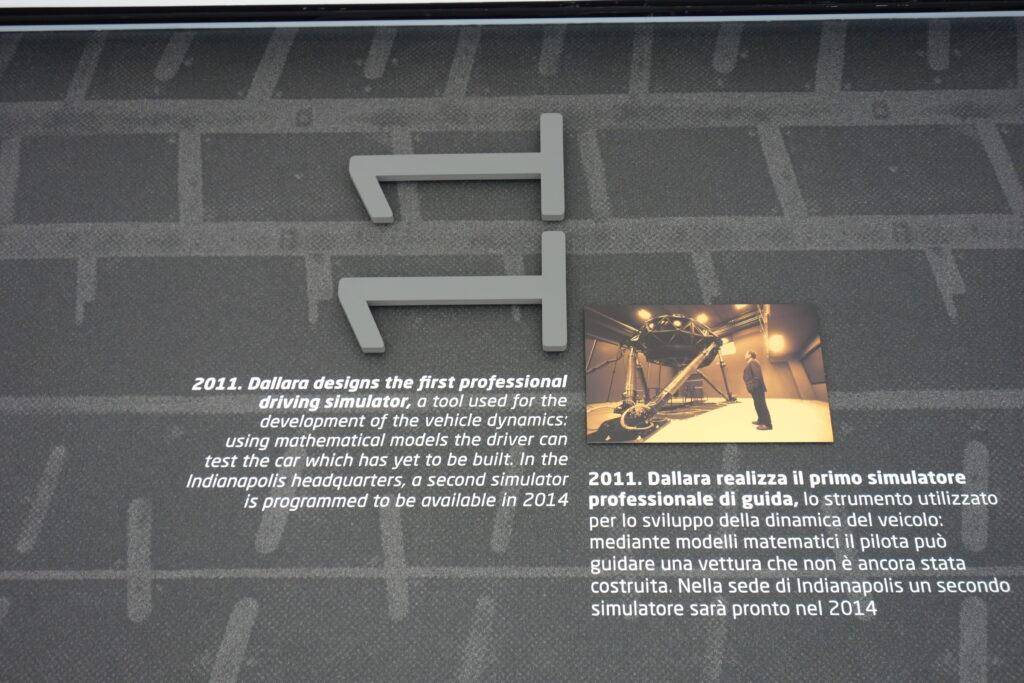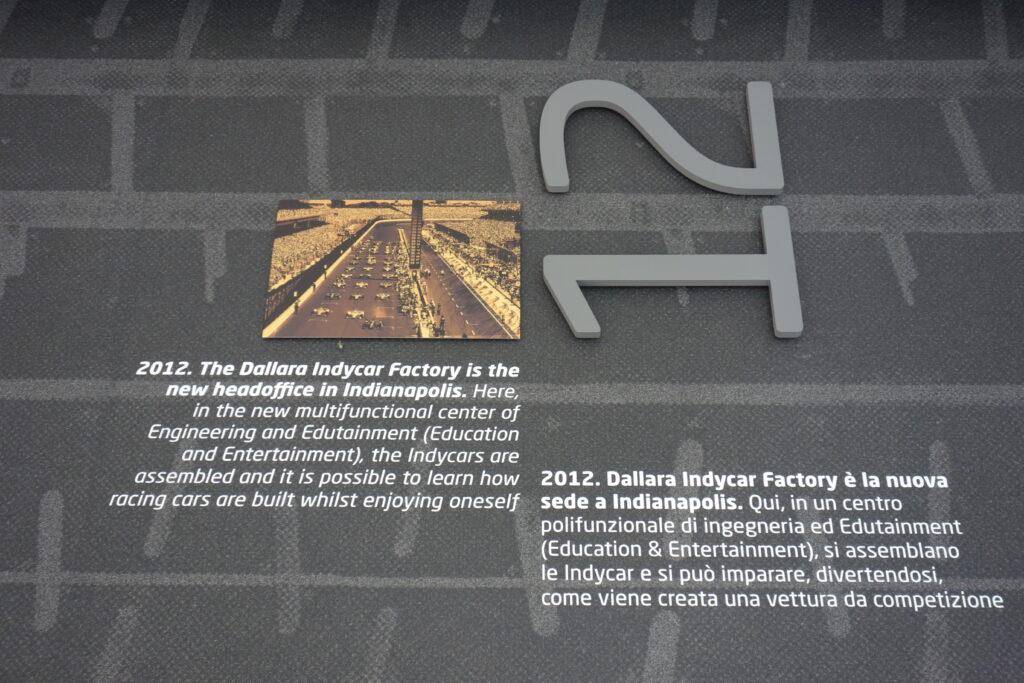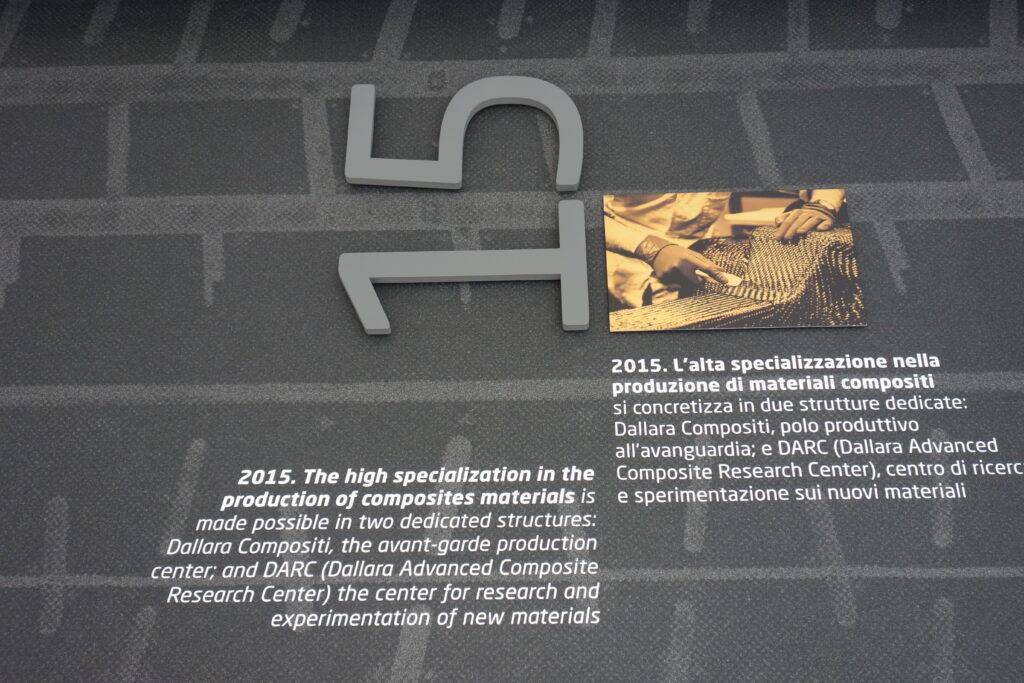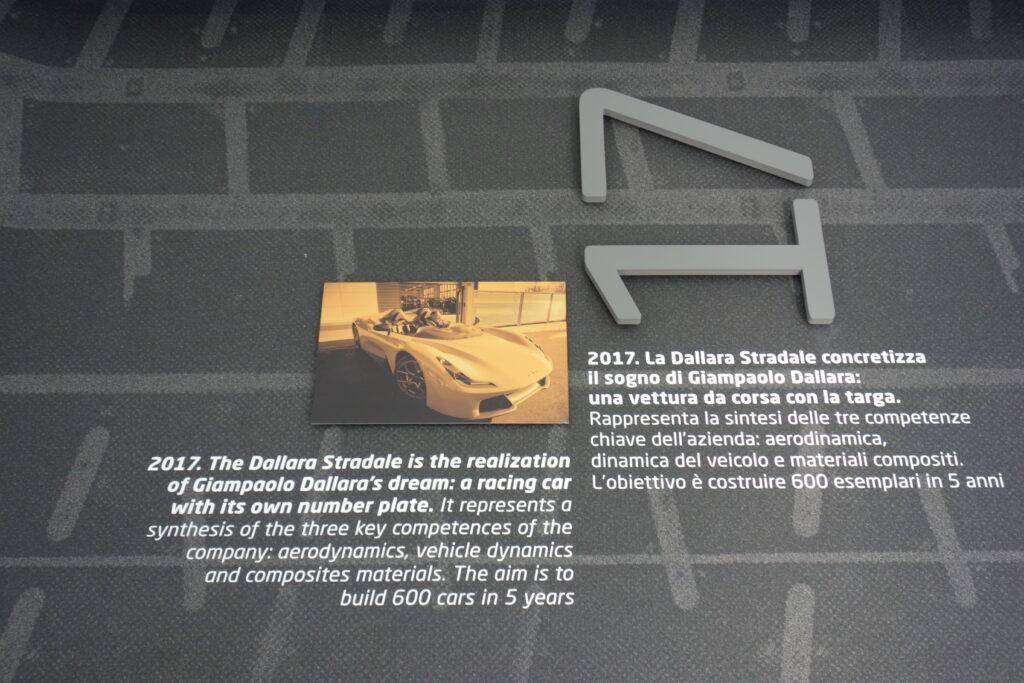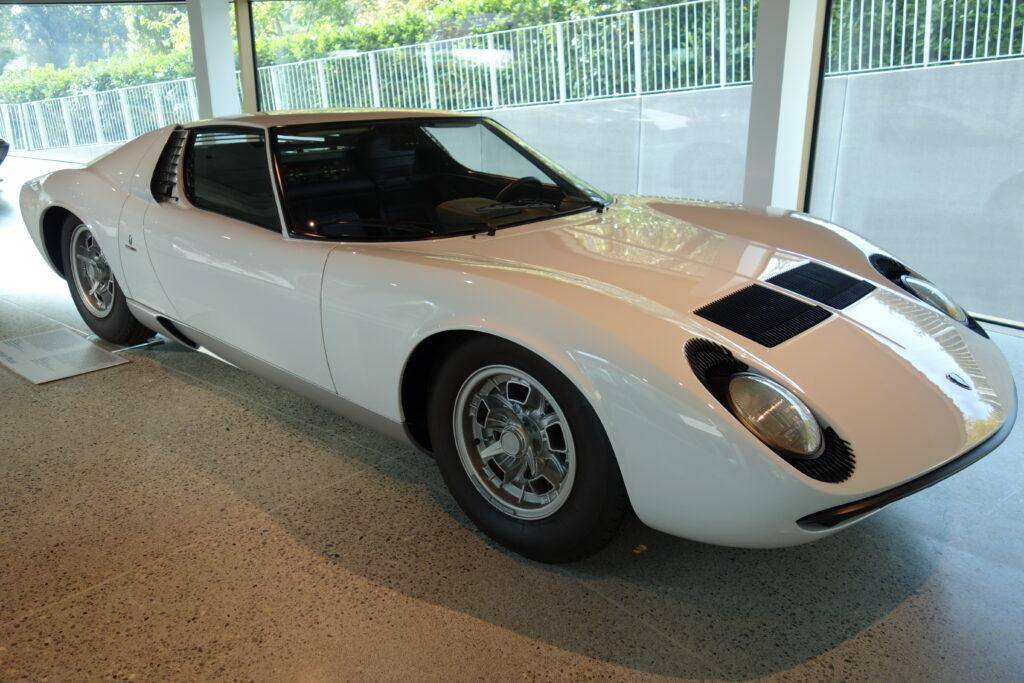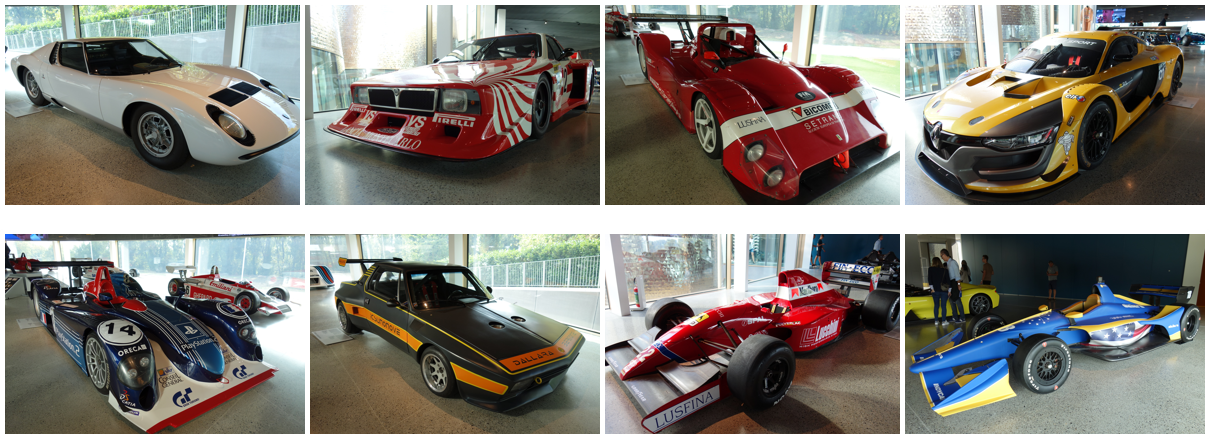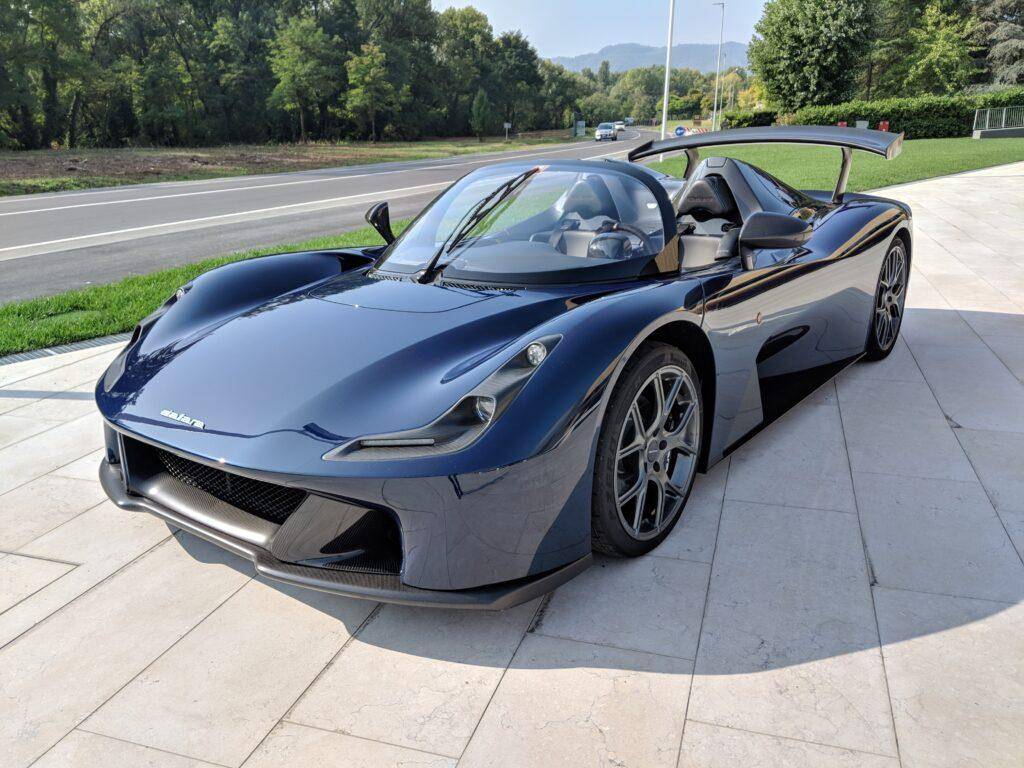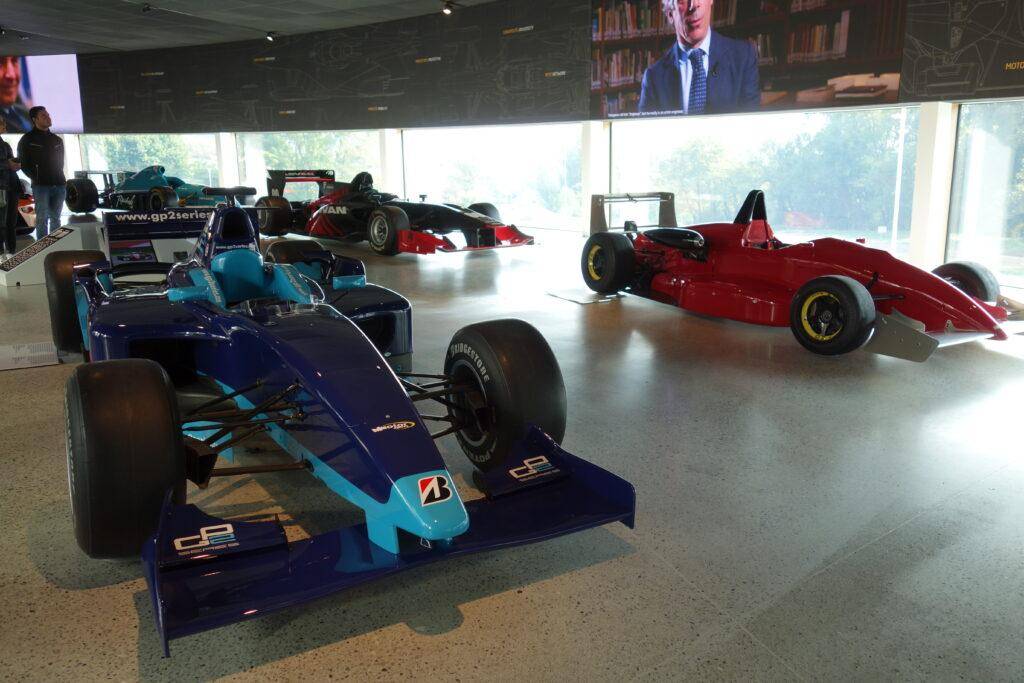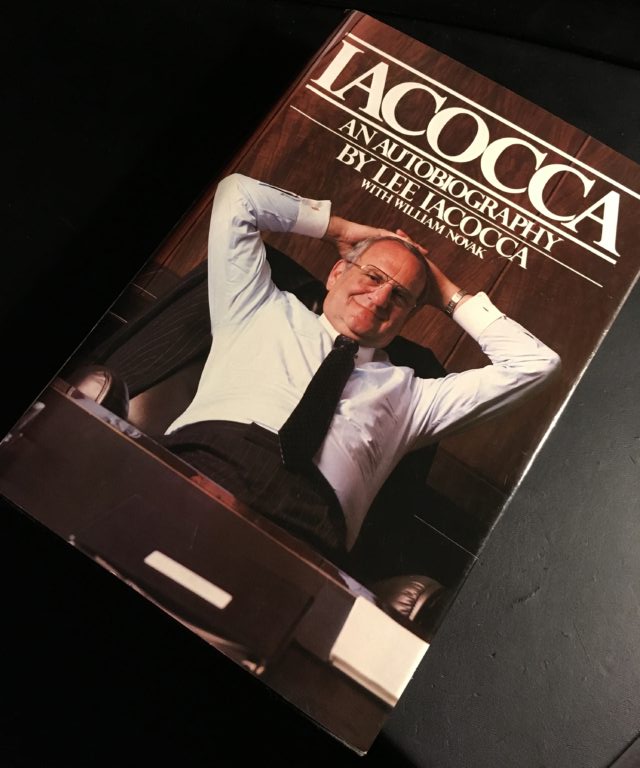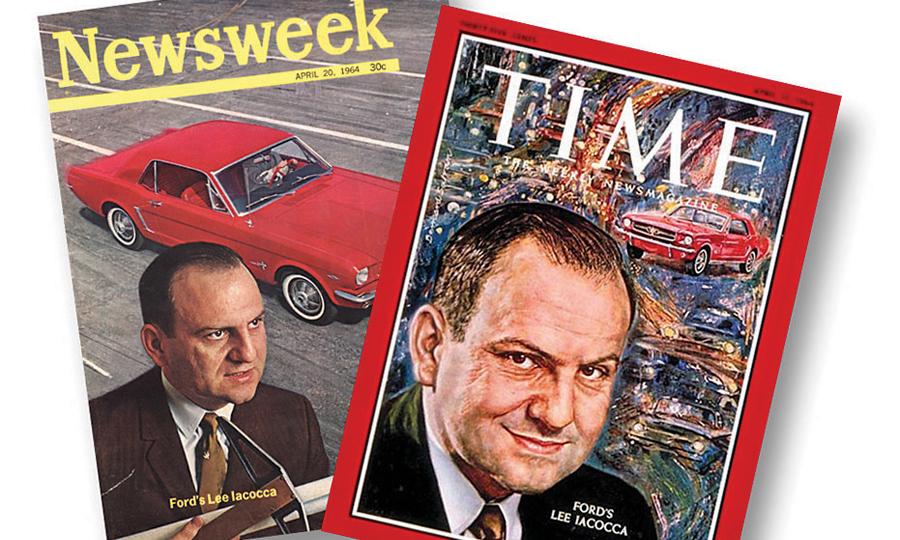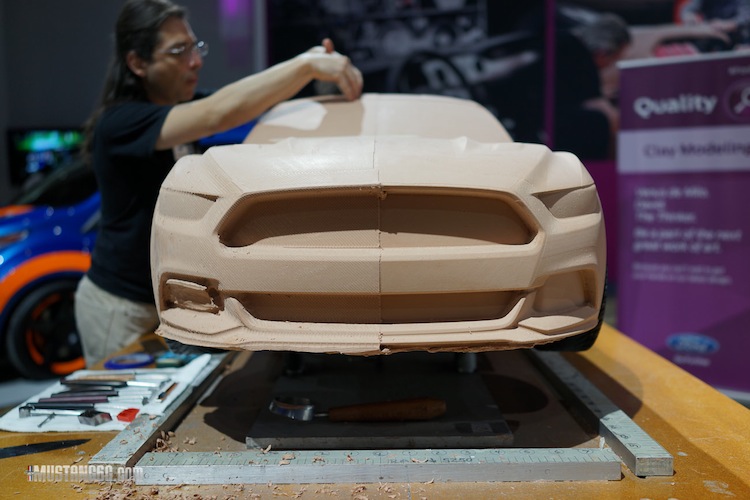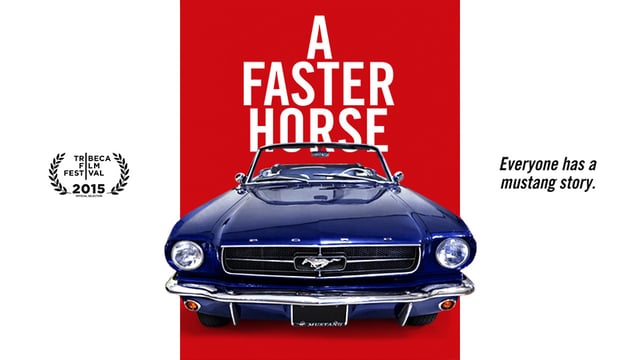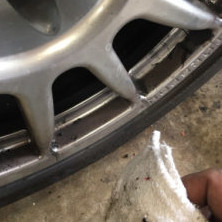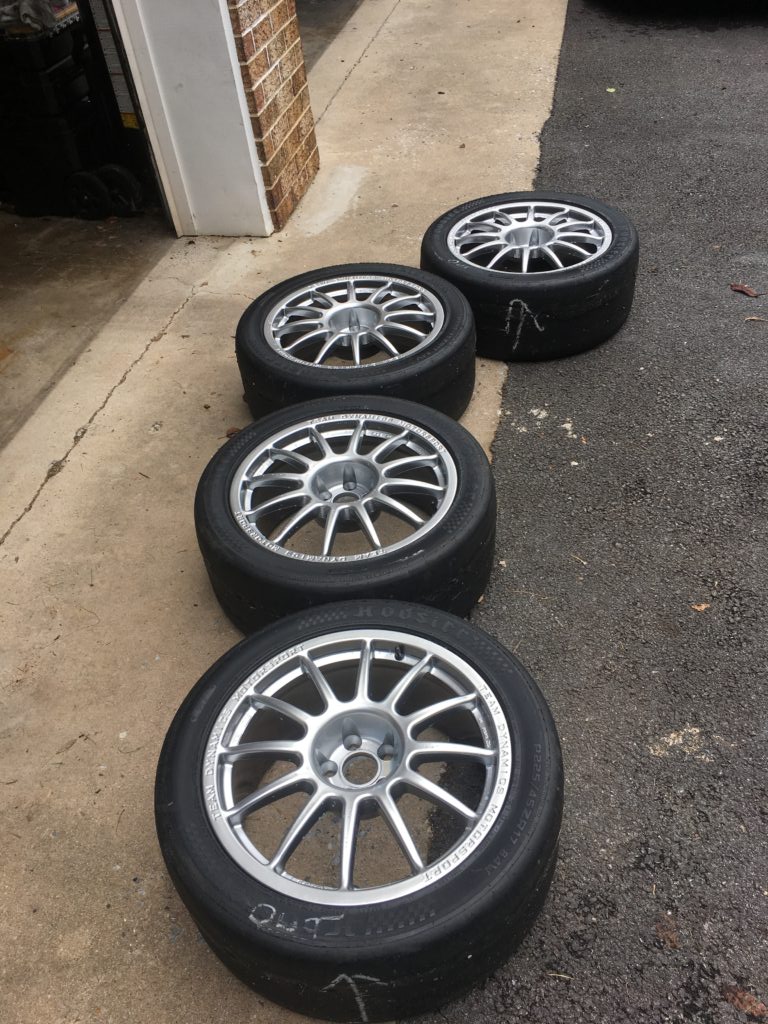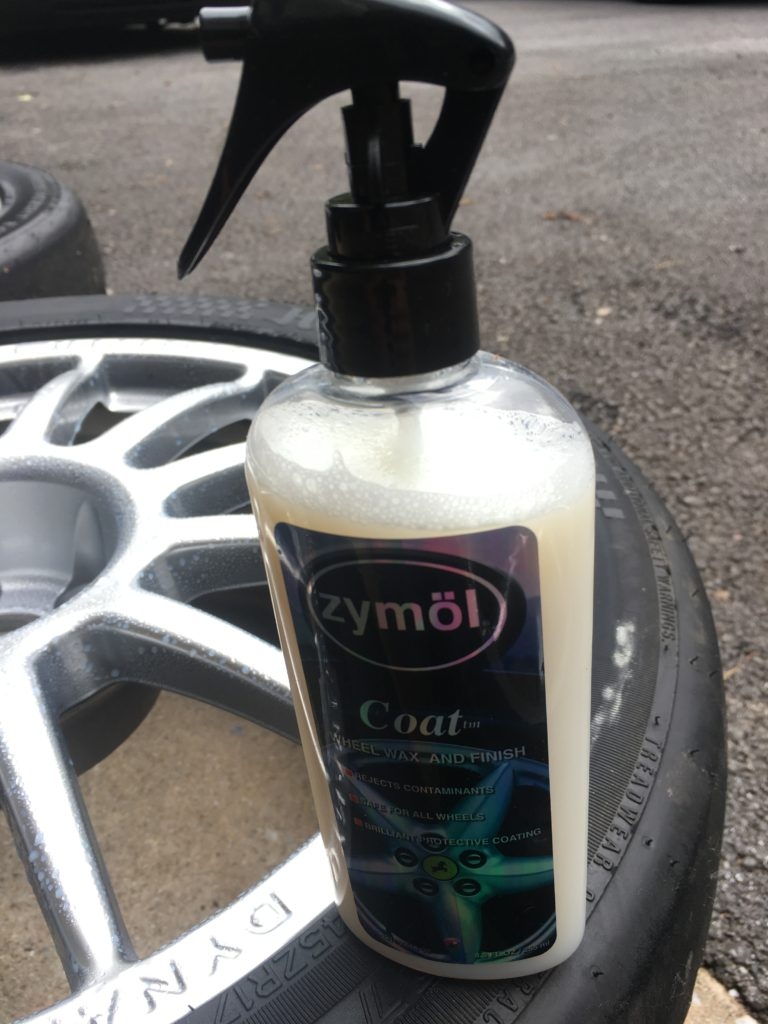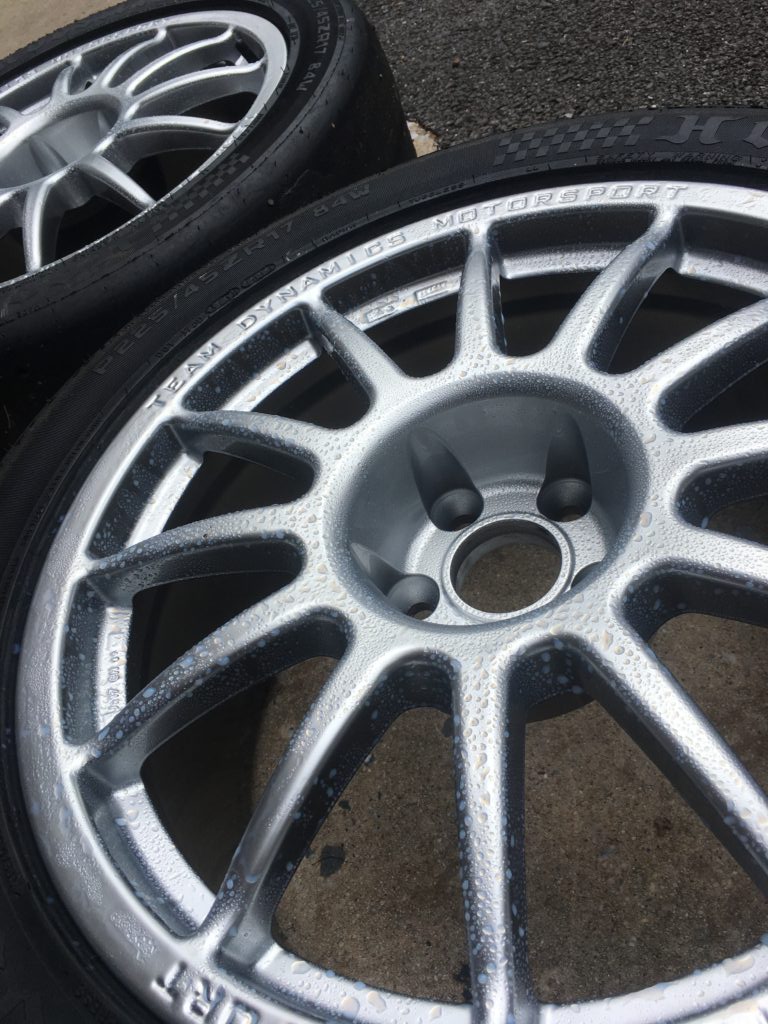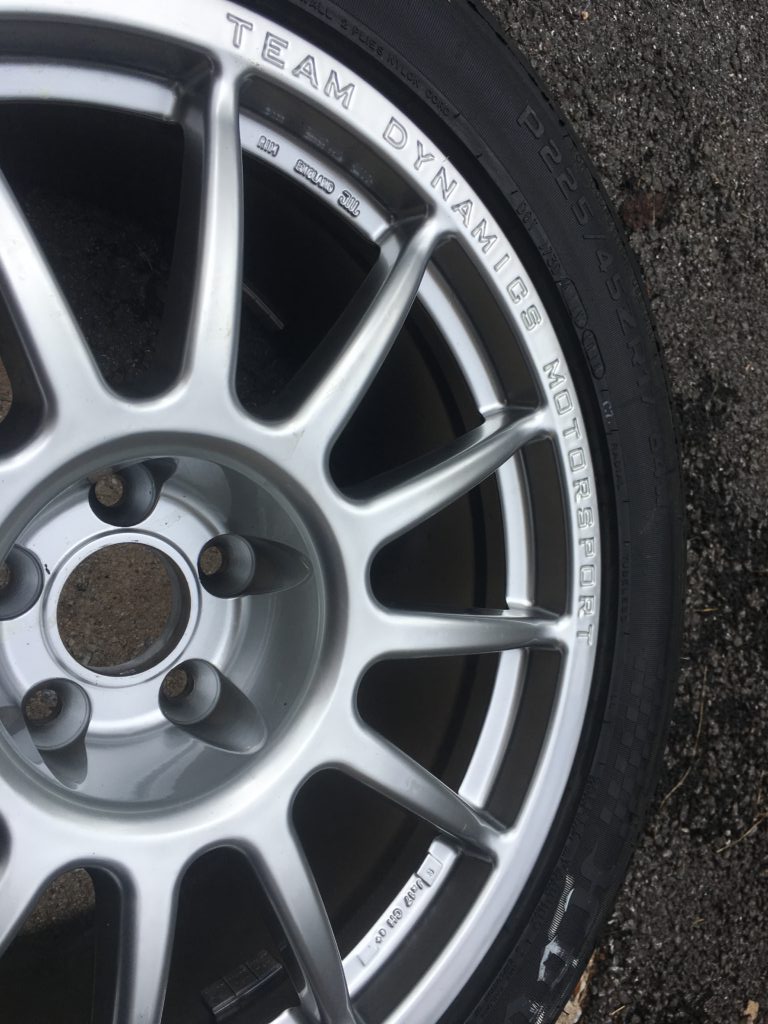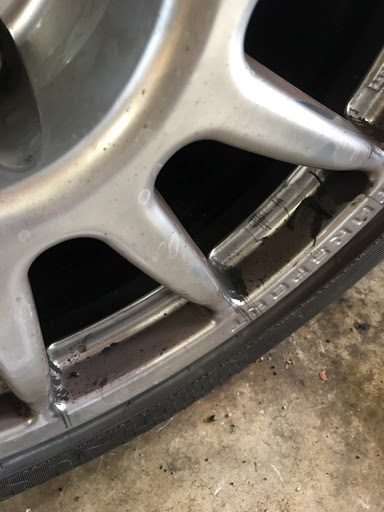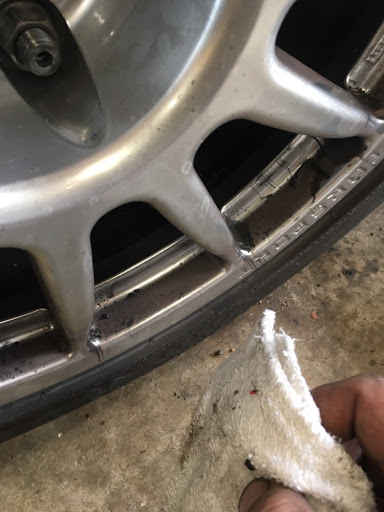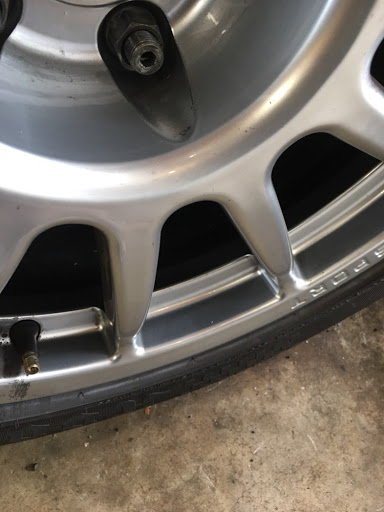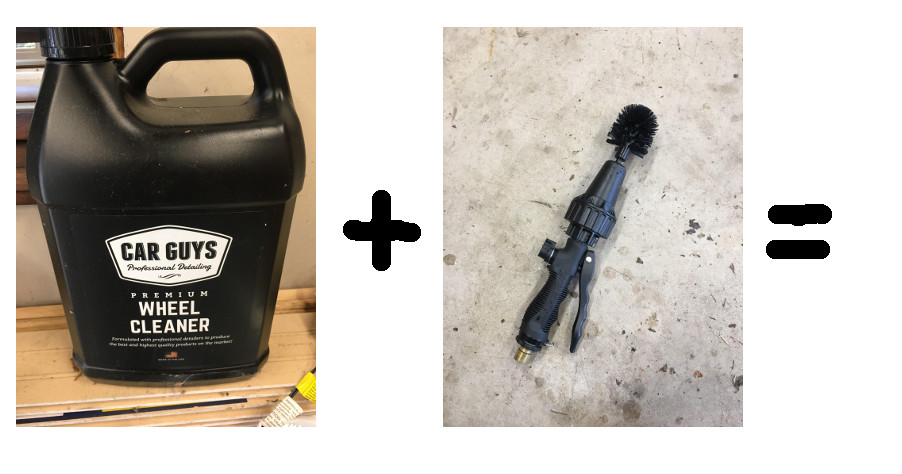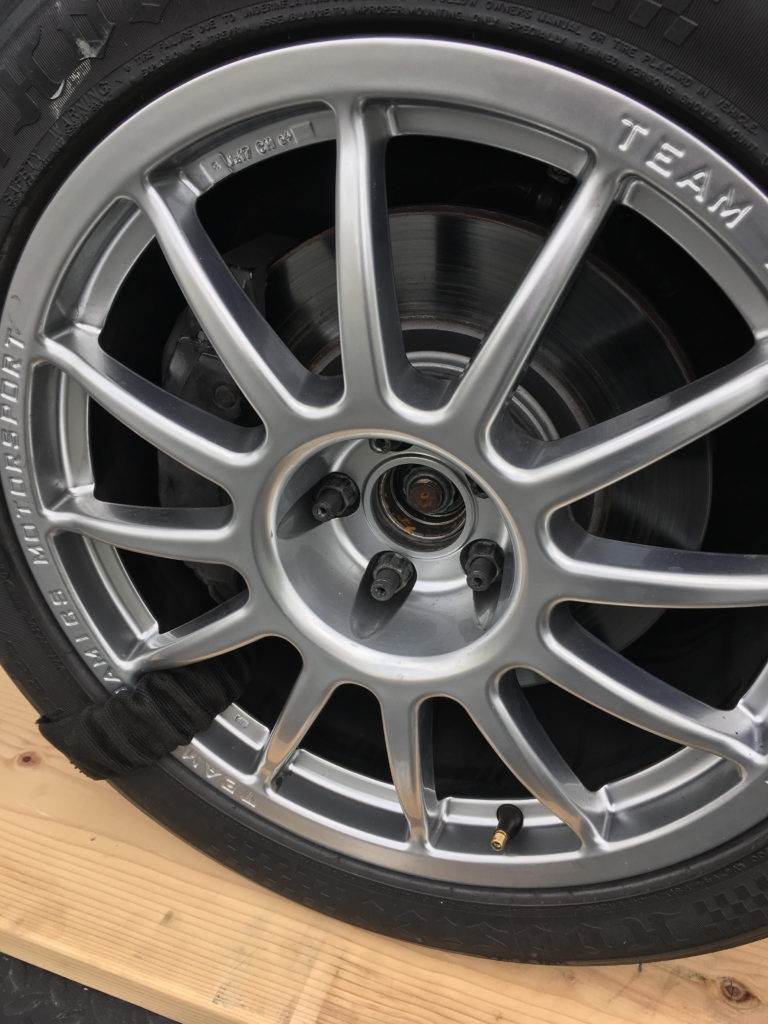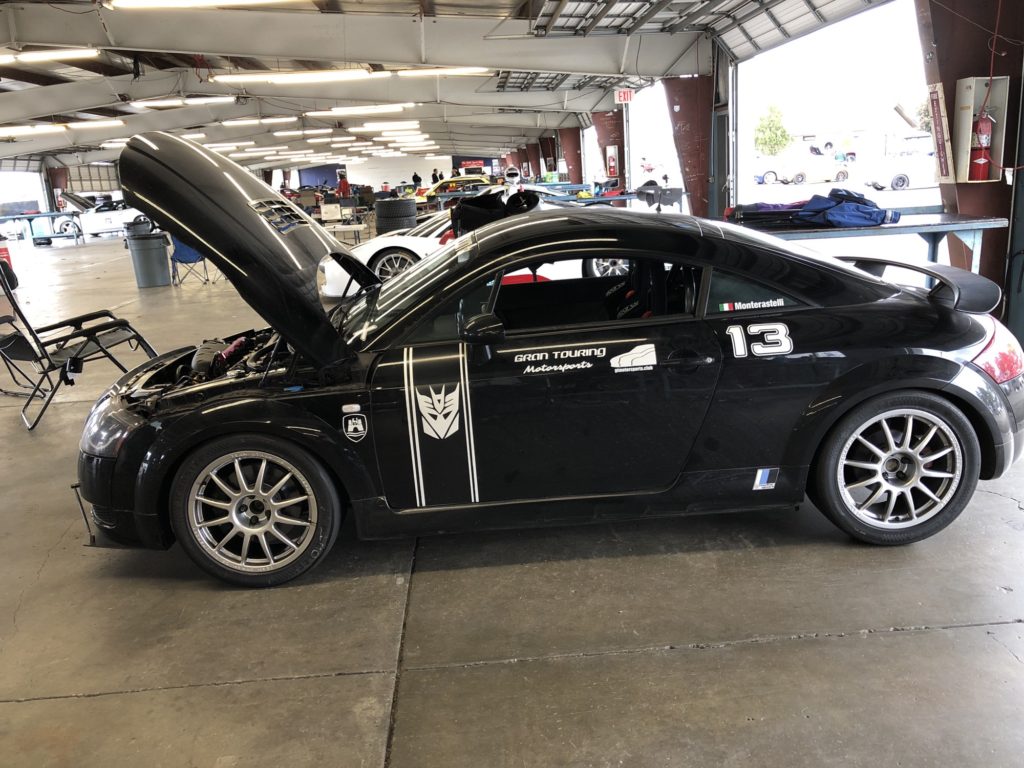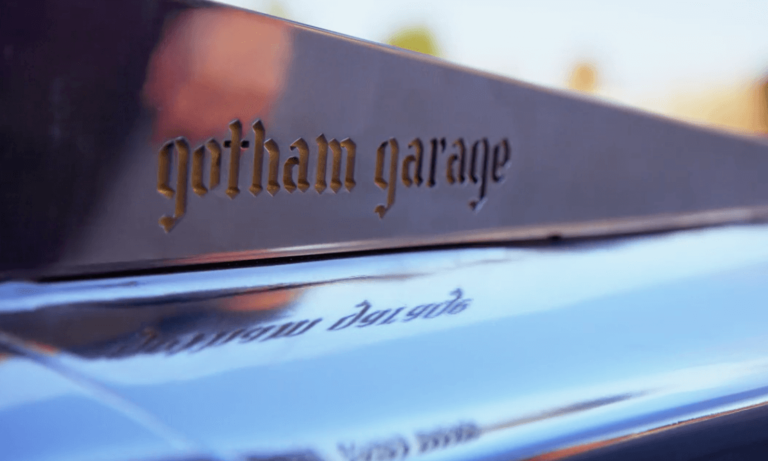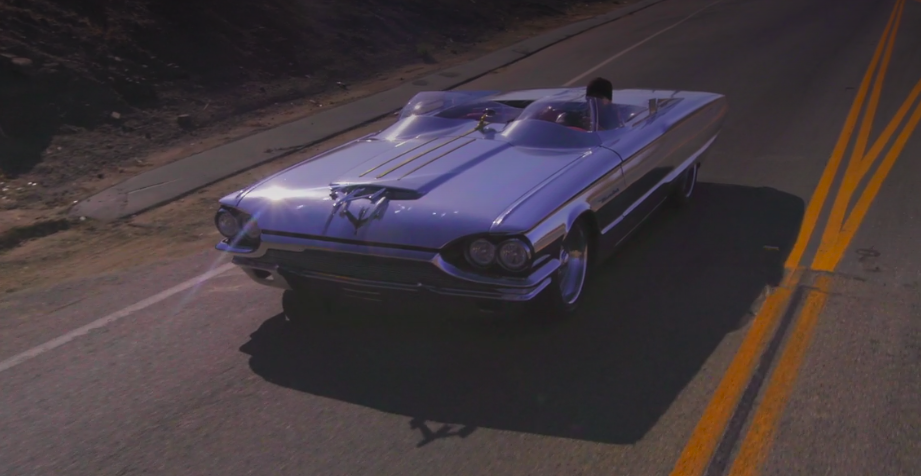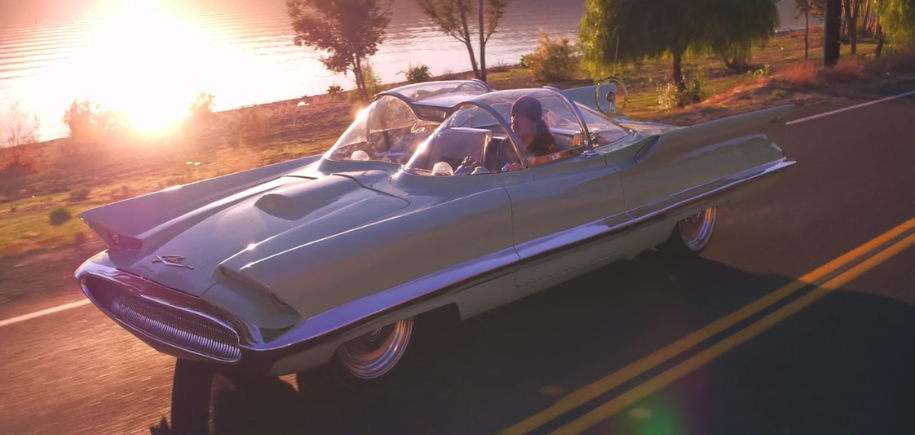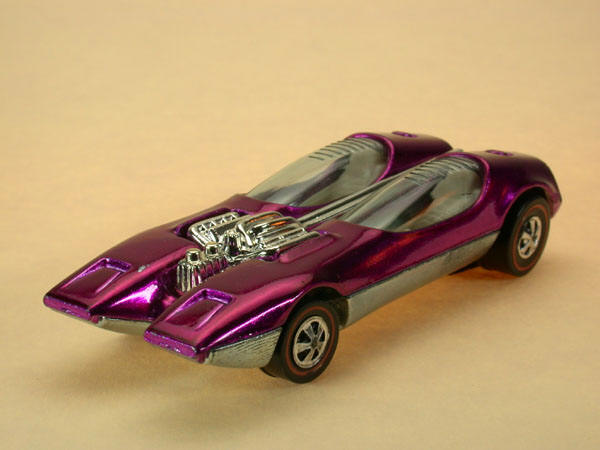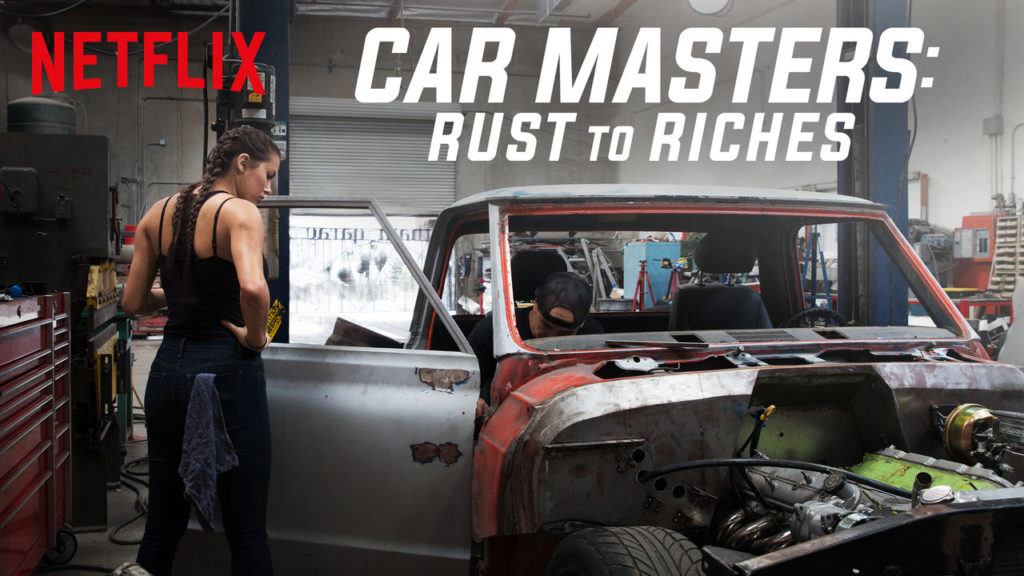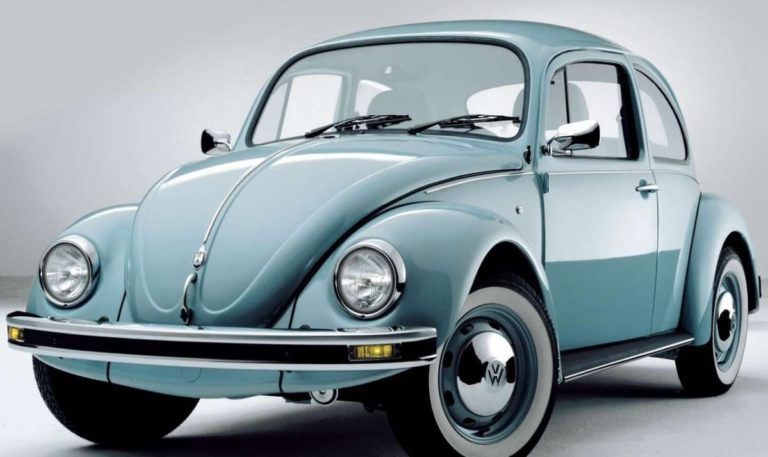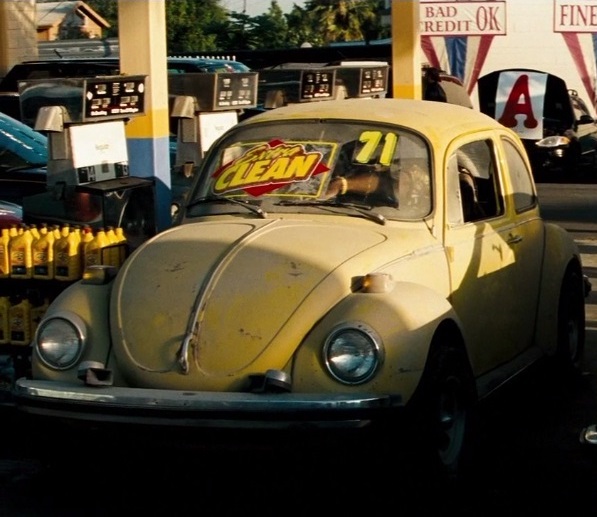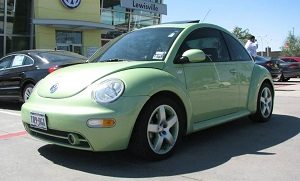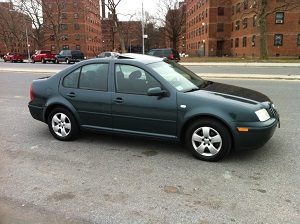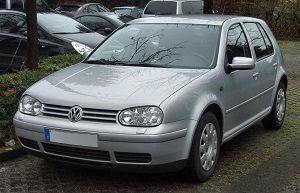Anyone that knows me, knows: I don’t like to spend more than I have to on any item – especially car parts. But let’s face it, purchasing basic and performance upgrades to your daily driver – let alone getting involved in Motorsports – can all add up quickly. Over the years I have improved on my abilities to find “a good deal” and negotiate for better prices.

No, I’m not some magical deal finding truffle pig – as some might suggest – but the reality of it is: the internet has greatly improved our searchable surface area. Sites like eBay, Craigslist, or even the new Facebook Marketplace have made it so much easier to search locally, nationally or even for hard to find items from across the pond. We’ve come really far in our ability to shop, especially when you think back to the old “Penny Saver!” days.
There is a general assumption with car parts that you have to purchase “new-in-box” parts. But that’s only partly true, but in a lot of cases, many things in the automotive world can be rebuilt or even built up to make them perform better than their original design. Sometimes, these upgrades (or upgraded parts) even cost the same as the original piece and tend to be of better quality and last longer. I can’t tell you which, why and how many upgrades there are, its going to take a little research on your particular application and vehicle to be able to find those items. But feel free to reach out, and I’ll take a look.
What you need to be careful of are the “it’s a *rare* item” traps. Case-in-point: Seller is offering a component off of a “Wolfsburg Edition” VW and lists it for more that the identical part off the base model. If you don’t know any better, you’ll fall for a rarity scam through what member Matt Y likes to call “badge engineering.” #butitsspecial! #rarecolor
Manufacturers like VAG (VW, Audi & Porsche), Toyota and Lexus, Nissan and Infinity, even the big-3, have been reusing parts across their model lines for generations. Don’t let these sellers play you for a fool, do your research and cross match your part numbers!
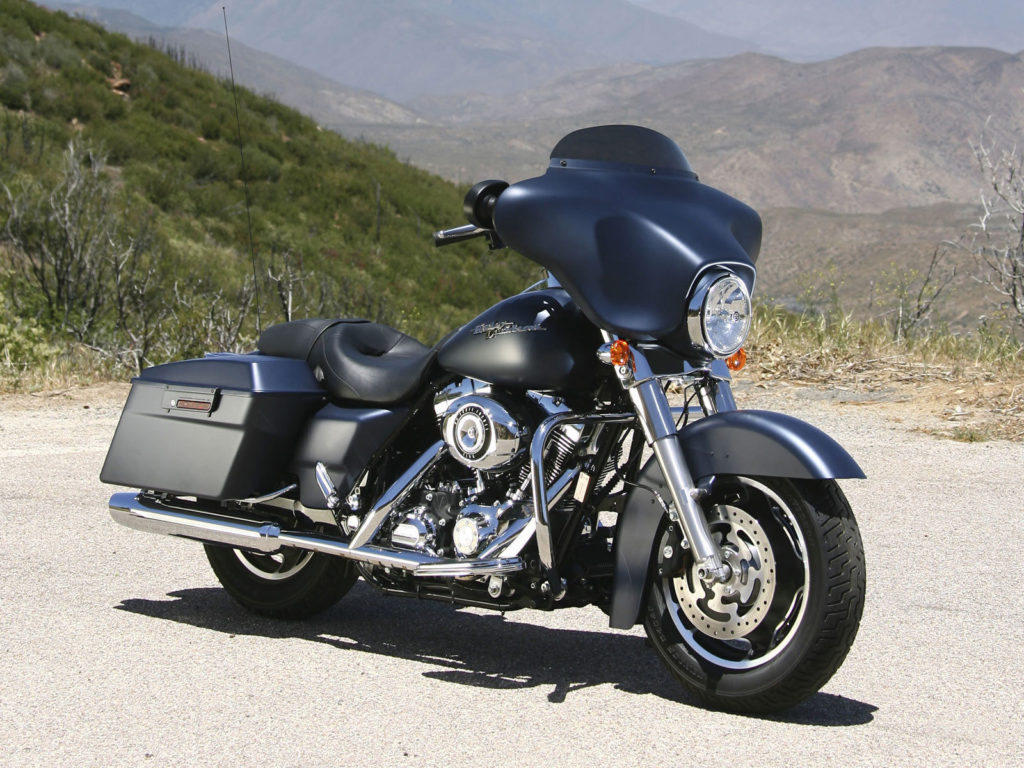
There are cases where even dealerships will play these sorts of games. A perfect example comes from Harley Davidson. When they initially released the Street-Glide (above) motorcycle, it was the same as an Electra-Glide (below) but without the “tour pack” installed. Buyers not knowing any better saw a different badge – thinking it was a different model – and were paying between $4k-6k more (for less). Shoppers who knew better would buy an Electra-Glide and simply remove the tour pack. You could always buy the package separately for around $650-$2,500 depending on additional accessories such as a luggage rack – but at the end of the day you still have a Street-Glide! Since consumers have gotten wise to this ploy, Harley now charges the same for both bikes, even though you still get less on one model. If you’re unsure, reach out to someone you know or a local owners club and talk to people that have experience with the model(s) you’re interested in. Talking to people and reading as much as you can before purchasing will prevent you from making a costly mistake.
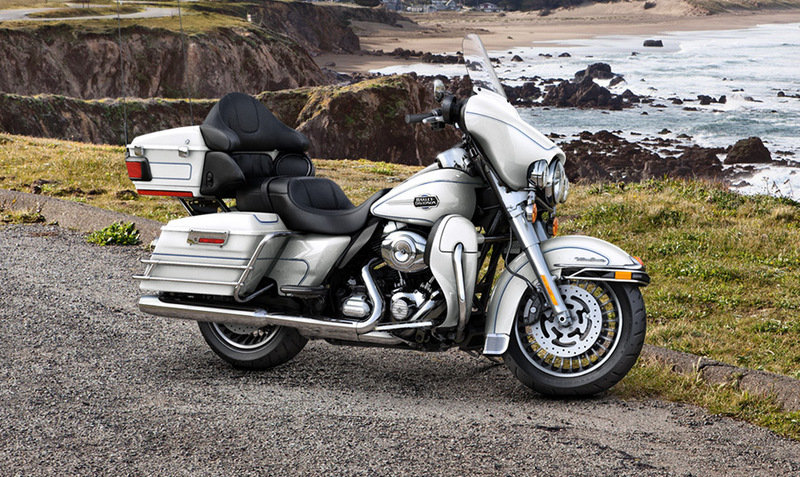
Down to brass-tacks!
Tips I have for buyers looking to find a good deal.
Online Shopping
- Patience is key – never “buy it now” until you’ve researched all your options. Don’t be impulsive.
- My number one task when searching online is to get the original manufacturer part number (ie: VW Part Number XXX-XXX-XXX) for the part I need and search by that instead of the vendor number (ie: Bosch PartNo. XYZ-123). By searching this way its allowed me to save nearly 30% off (even the sale prices) of a major distributor. Remember, sometimes there are smaller distributors that are able to beat the big guy’s prices.
- If you need the part yesterday – expedited shipping can cut into your savings compared to a purchase locally. If you can wait for a specific part, online shopping can be a big cost saver compared to other options.
- I also recommend not being afraid to steer away from the major “brand name” providers like ECStuning, UROtuning, etc (in the case of VAG products) in order to find a better price. If the same part is cheaper on RockAuto, The Parts Train, etc – by all means, get it.
- Many parts stores have begun to price match not only other stores, but online retailers – always check to see if they are willing to price match!

“In Person” Negotiating
- I am a firm believer in a good poker face.
- Never allow a seller to think that you need what they are selling.
- Be well informed on what they are selling before going to look at it.
- When you are face-to-face it is the best time to be very critical of the item. Inspect it carefully and have a maximum price (or how much less than the asking price) you are willing to spend before you get there. If you are able to get them to question the item’s value, many times they will lower the price without having to ask for a discount.
- Make minor things seem like they could cause large problems.
- If they wanted the item it wouldn’t be for sale. Remember: You are helping them out by being interested in purchasing it!
Diamonds in the Rough
One of my most vital pieces of advice comes into play when you will stumble across “a diamond in the rough” – you know, that item that the owner has no idea what they really have. Maybe it was passed down to them, maybe they forgot what it was, or just didn’t know any better – who cares – but don’t show your excitement and play uninterested, get them to try to sell you on it. Whenever I go to look at an item I prefer to start an unrelated conversation so as to relax the environment.
Often times this will open the opportunity for them to present other items they were on the fence about parting with. Additionally, if you can get the seller talking about a subject you have in common and many times they will be more willing to cut you a deal. If you’ve ever watched “American Pickers” on History Channel, they do this all the time.
On a recent parts excursion, I found a seller that had a set of BC Racing coil-overs that were slightly damaged (at least one of them in the set). The seller was disappointed in their condition and in talking made a comment that he’d be willing to take $20 for the set. WOAH?!? thats cheap! hmm… I know other brands (Koni, Bilstein, etc), but I have minimal knowledge of “BC Racing” and that had me hesitant, especially not knowing if they could be repaired. I didn’t show a lot of interest and allowed the conversation to continue. Before I left I mentioned the coil-overs and said I’d be willing to take a chance on them at $20. SOLD! – Luckily, after contacting BC Racing, I found out that I will be able to repair the damaged shock for $95 giving me a set of functional coil-overs at a great price. #onemansjunk

And as always… CASH IS KING! – There are times when negotiating you will have to come across slightly arrogant to pull off a deal. Countless times, I’ve been caught throwing numbers around and it doesn’t seem to do the trick – but if you pull out the cash and sit it in the seller’s view, they will gravitate towards the deal. #howhungryareyou? – and NEVER be afraid to walk away from a deal – feel free to state your top dollar price and give contact info if they are willing to change their mind on the value of the item. This works really well for items that have been posted online for a long period of time. Occasionally you will stumble across a chance and it is always a gamble of whether it will be worth it or not. As Kenny Rogers sang “You’ve got to know when to hold ’em – Know when to fold ’em – Know when to walk away – And know when to run”
Each person will find their ideal way to find deals. If you ever want to practice your bartering skills I recommend going to a used car lot with no intention of buying a vehicle but act interested in one and see how far you can get them to drop their price – I used to do this a lot in my free-time when I was in the military. They have no idea that you have no intent to buy and since you don’t need the vehicle it helps keep you focused on the mindset of “I don’t really need this” when you eventually haggle for something you do want.
Good luck and Happy Hunting!





